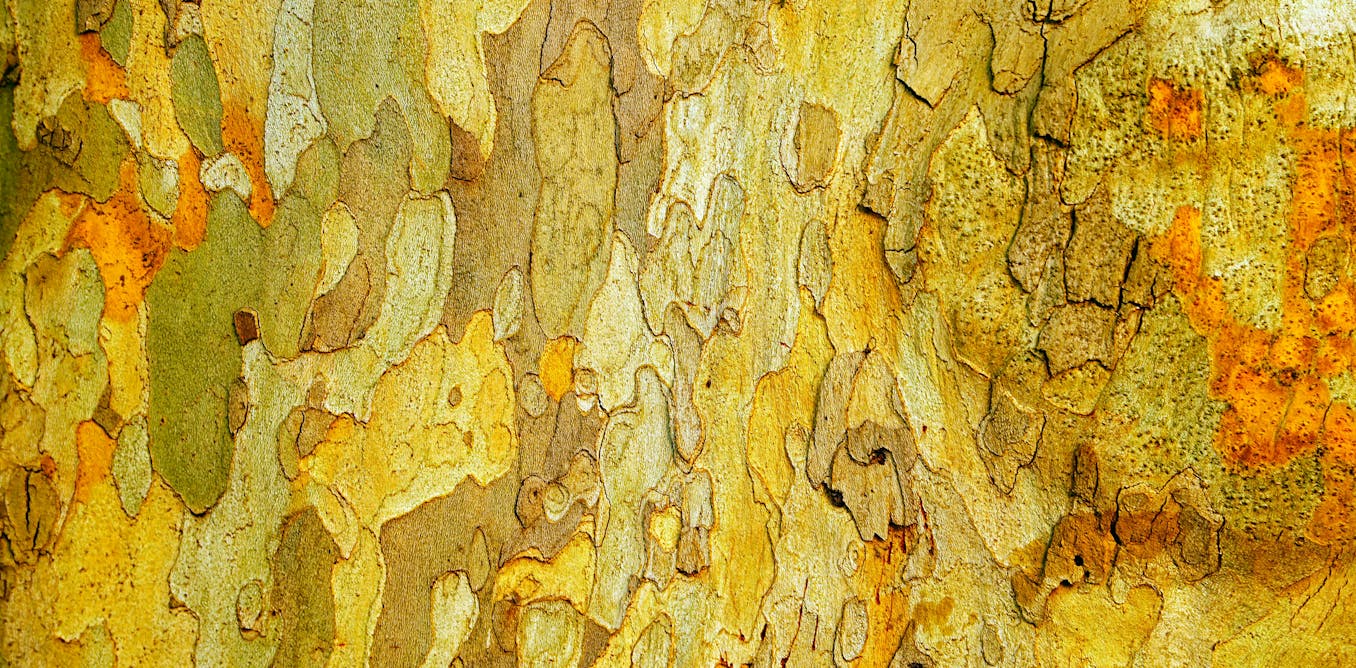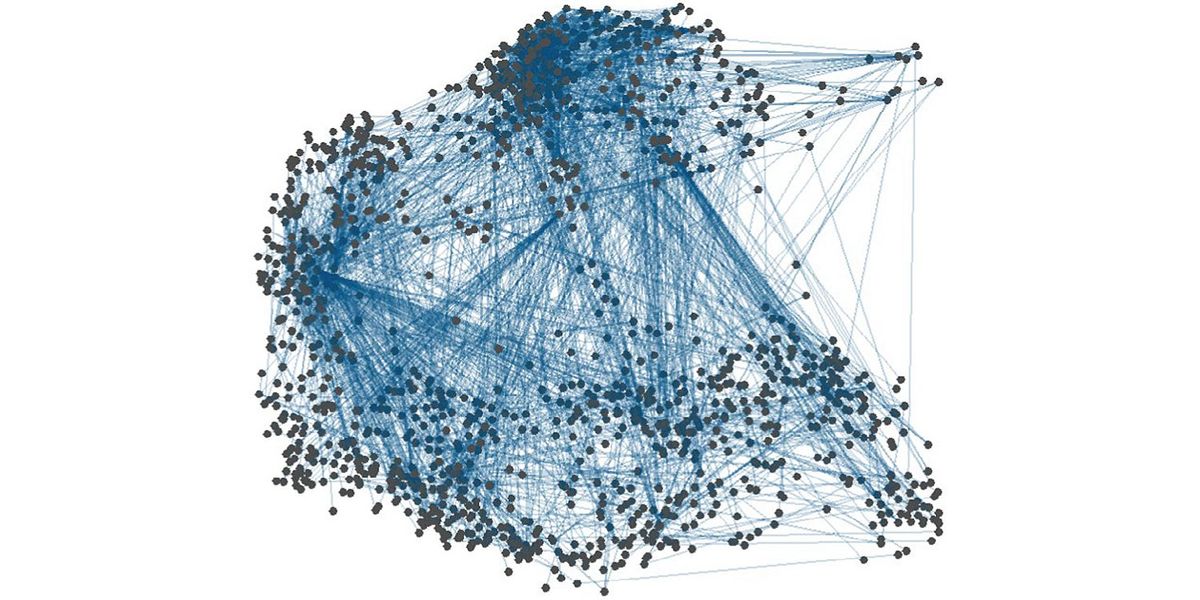In neuroscience—as in geography, genomics, and plenty else—it’s hard to navigate without a good map. Recent advances in brain mapping technologies have enabled scientists to create larger and more detailed models. And as those models for different animals are compared, some surprising similarities have cropped up. So much so that these neurological connection maps (a.k.a. “connectomes”) may inform the designs of advanced neuromorphic electronics: chip and algorithmic models that seek to mimic the computational power and efficiency of brains and neurons.
Scientists at Yale, Princeton, and the University of Chicago seized the 2021 publication of the fruit fly connectome—a landmark in the emerging field of connectomics—as their opportunity to compare aspects of brain structure across widely different size and complexity scales.
Mapping out a connectome is no small feat, says Christopher Lynn, assistant professor of physics at Yale. Even a species as minuscule as the fruit fly represents a substantial neurological challenge. Fruit fly brains comprise a network of over 120,000 neurons with more than 30 million connections among them. Which, for the purpose of a connectome, means each connection must somehow be isolated, recognized, and graphed.
How C. elegans mapped the way
“For a sense of scale, C. elegans [the nematode worm] has only 302 neurons,” Lynn says. “They mapped out the entire connectome for the first worm in the ‘80s, and that was a big breakthrough,” says Lynn. “Each neuron might have between 100 to 10,000 synapses in the case of the fruit fly. When you get to larger systems, you’re tracking hundreds of thousands or millions of synapses.”
“There is a simple phrase they say when teaching this: ‘If two neurons fire together, they are likely to wire together.’” —Christopher Lynn, Yale University
The researchers found persistent connectivity statistics across five different connectomes scaling from the simple C. elegans nematode to the retina of a mouse. They used what’s called heavy-tailed statistics—recognizing that while most connections between neurons are weak, a small number of those connections are much stronger. This result complements prior work showing that brain networks tend to show “small-world“ characteristics: a small number of neurons are connected to many other neurons, but most neurons aren’t connected to very many at all.
The presence of heavy-tailed connectivity across species indicates that some of the same principles of neural function may also bridge across organisms of entirely different scales. To help provide a possible framework, the team created a model of brain development that weighed random reorganization with what neuroscientists call Hebbian plasticity, or the tendency of nearby, concurrently active neurons to connect to each other. “There is a simple phrase they say when teaching this: ‘If two neurons fire together, they are likely to wire together,’”…
Read full article: Brain Connection Maps Help Neuromorphic Chips

The post “Brain Connection Maps Help Neuromorphic Chips” by Michael Nolan was published on 01/31/2024 by spectrum.ieee.org






































